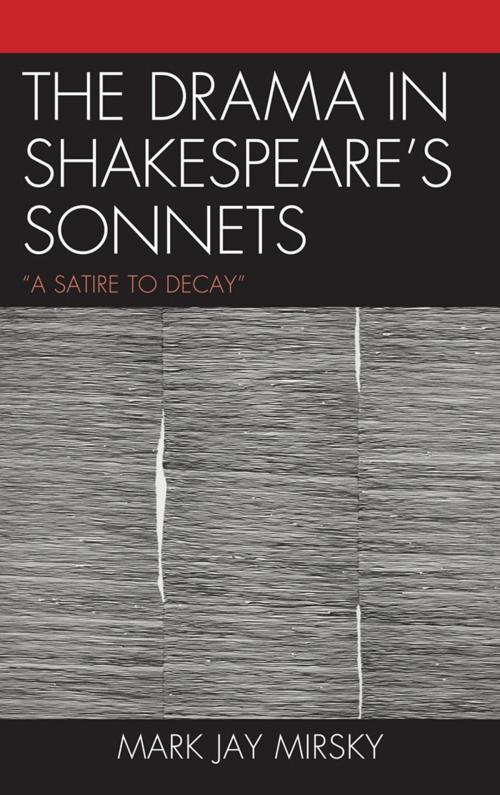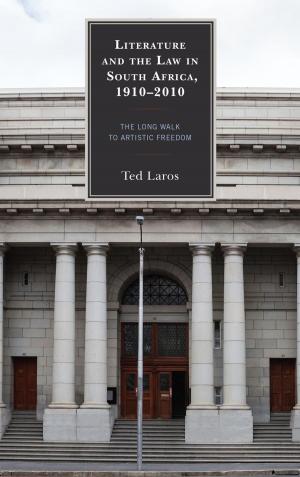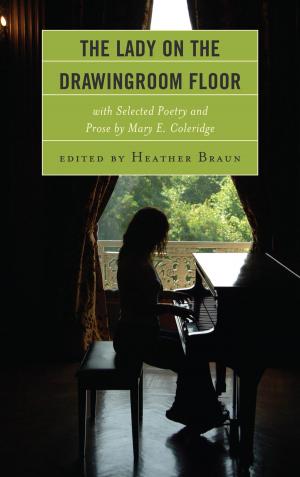The Drama in Shakespeare's Sonnets
'A Satire to Decay'
Fiction & Literature, Literary Theory & Criticism, British| Author: | Mark Jay Mirsky | ISBN: | 9781611470277 |
| Publisher: | Fairleigh Dickinson University Press | Publication: | July 16, 2011 |
| Imprint: | Fairleigh Dickinson University Press | Language: | English |
| Author: | Mark Jay Mirsky |
| ISBN: | 9781611470277 |
| Publisher: | Fairleigh Dickinson University Press |
| Publication: | July 16, 2011 |
| Imprint: | Fairleigh Dickinson University Press |
| Language: | English |
The Drama in Shakespeare's Sonnets: "A Satire to Decay" is a work of detective scholarship. Unable to believe that England's great dramatist would publish a sequence of sonnets without a plot, Mark Jay Mirsky, novelist, playwright, and professor of English, proposes a solution to a riddle that has frustrated scholars and poets alike. Arguing that the Sonnets are not just a "higgledy piggledy" collection of poems but were put in order by Shakespeare himself, and drawing on the insights of several of the Sonnets' foremost contemporary scholars, Mirsky examines the Sonnets poem by poem to ask what is the story of the whole.
Mirsky takes Shakespeare at his own word in Sonnet 100, where the poet, tongue in cheek, advises his lover to regard "time's spoils"–in this case, "any wrinkle graven" in his cheek–as but "a satire to decay." The comfort is obviously double-edged, but it can also be read as a mirror of Shakespeare's "satire" on himself, as if to praise his own wrinkles, and reflects the poet's intention in assembling the Sonnets to satirize the playwright's own "decay" as a man and a lover.
The Drama in Shakespeare's Sonnets: "A Satire to Decay" is a work of detective scholarship. Unable to believe that England's great dramatist would publish a sequence of sonnets without a plot, Mark Jay Mirsky, novelist, playwright, and professor of English, proposes a solution to a riddle that has frustrated scholars and poets alike. Arguing that the Sonnets are not just a "higgledy piggledy" collection of poems but were put in order by Shakespeare himself, and drawing on the insights of several of the Sonnets' foremost contemporary scholars, Mirsky examines the Sonnets poem by poem to ask what is the story of the whole.
Mirsky takes Shakespeare at his own word in Sonnet 100, where the poet, tongue in cheek, advises his lover to regard "time's spoils"–in this case, "any wrinkle graven" in his cheek–as but "a satire to decay." The comfort is obviously double-edged, but it can also be read as a mirror of Shakespeare's "satire" on himself, as if to praise his own wrinkles, and reflects the poet's intention in assembling the Sonnets to satirize the playwright's own "decay" as a man and a lover.















